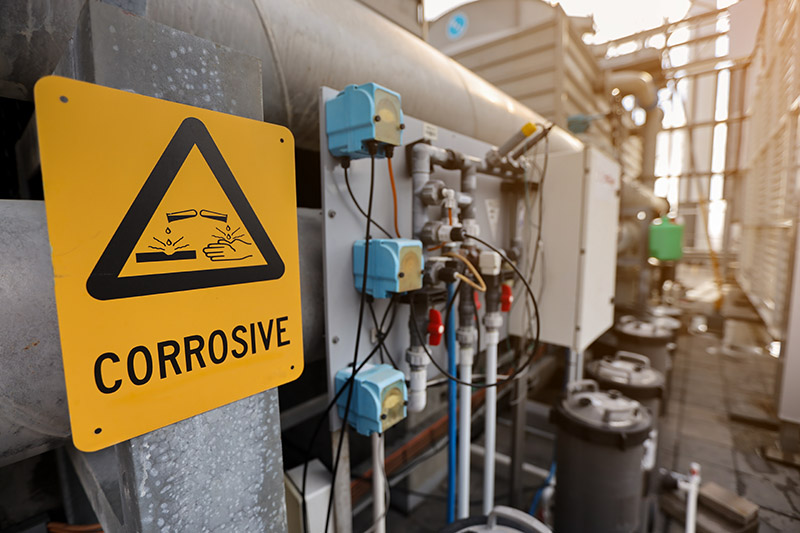
5 ways to be ready for a safety blitz
By David Reiter and Cynthia Sefton
The current round of Ontario workplace inspections is expected to conclude on Dec. 27.

Ontario is currently in the midst of a three-month-long workplace inspection blitz. (Kings Access/Adobe Stock)
Safety blitzes in Ontario occur when the Ministry of Labour (MOL) attends a workplace unannounced to inspect the workplace for Occupational Health and Safety Act compliance.
Inspectors’ powers include: the ability to require that documents be produced, tests be conducted and that managers, supervisors and workers answer questions.
The MOL operates on a zero-tolerance basis on inspections and businesses can be shut down until problems are fixed. That is why it is so important to pass the inspection in the first place.
Here are five steps employers should take to prepare:
1. Appoint a competent person (CP) to take charge of inspections. This person should be familiar with the project’s or facility’s workers and with the training they have had and may need.
2. The CP should look to the results of past inspections to get an idea of the areas that should be given particular attention. This information should be used to identify gaps and to develop any necessary practices, processes or training. As well, joint health and safety committee meeting minutes should be reviewed to identify repeat or outstanding issues.
3. The CP should ensure that simple housekeeping points are addressed. For example, required material must be posted. Training, equipment maintenance and facility inspections should be performed when needed and easily retrievable records should be kept. Violence and harassment policies should be reviewed, updated and implemented with appropriate training.
4. The CP should liaise with supervisors before the blitz and confirm that workers are following their training, and if there are any concerns or issues, that those are being communicated back to the CP for followup.
5. The CP should be trained on how to deal with the MOL. He or she should know what records are available and where they are kept, as well as what processes workers are performing and where the related procedures are kept. With this information, the CP will be able to answer most questions that the MOL is likely to ask during a blitz.
By following these five steps, businesses can make a strong first impression with the MOL — both in form and in substance. In turn, this will inspire the MOL’s confidence in the company and its operations, which should result in a smooth and successful inspection.
David Reiter and Cynthia Sefton are partners with Aird & Berlis in Toronto.